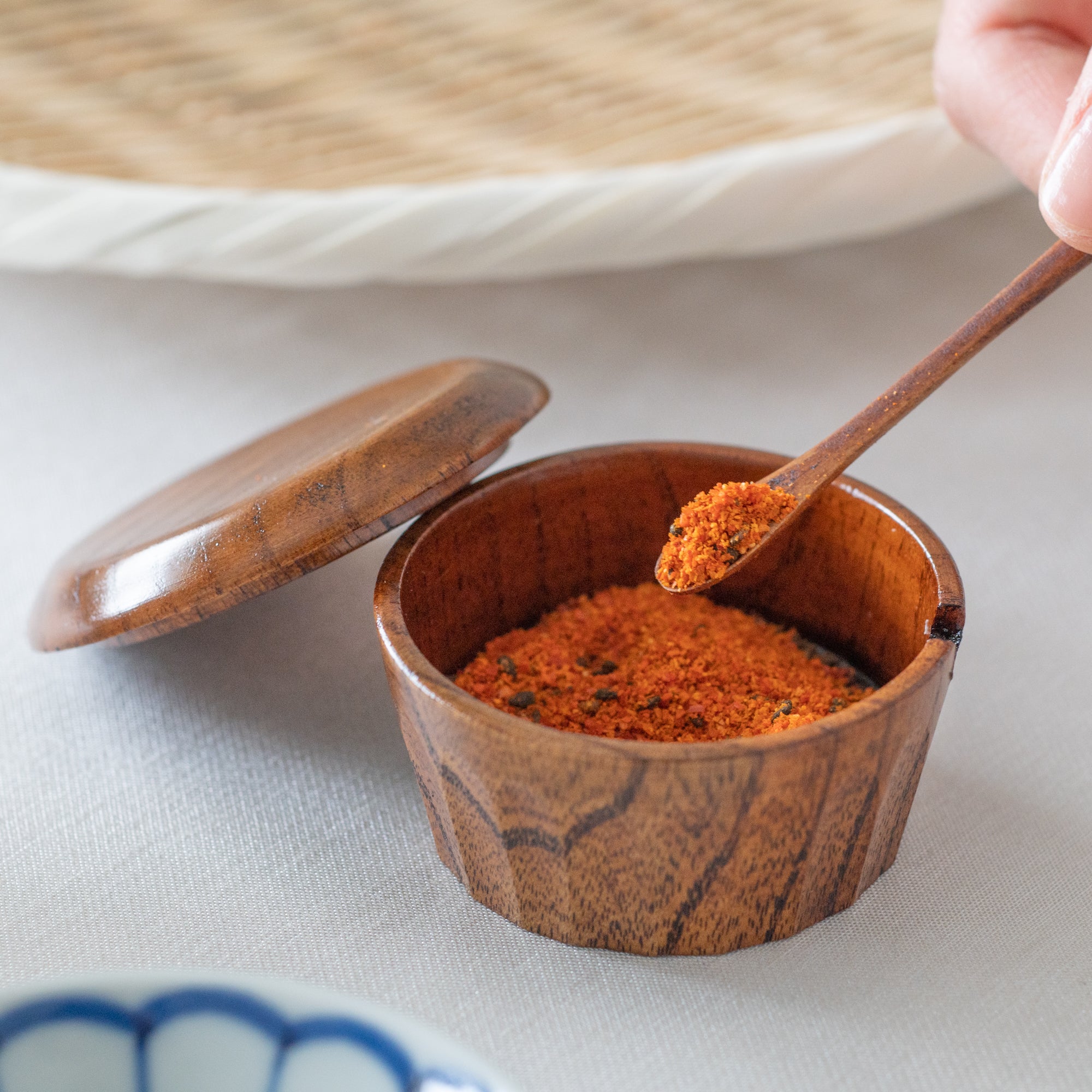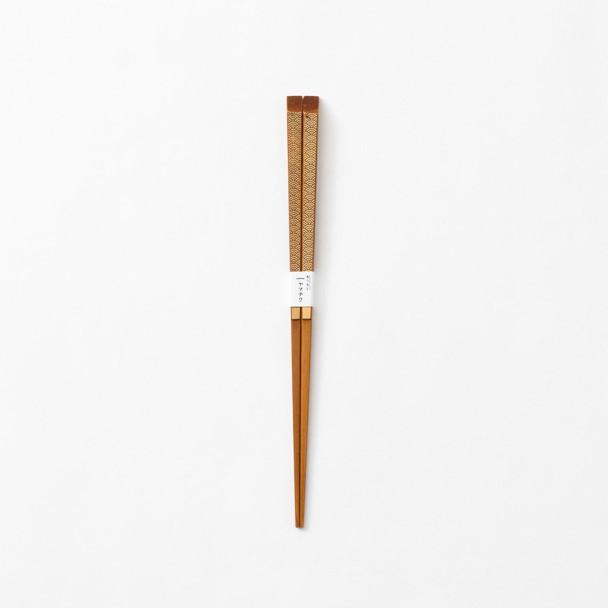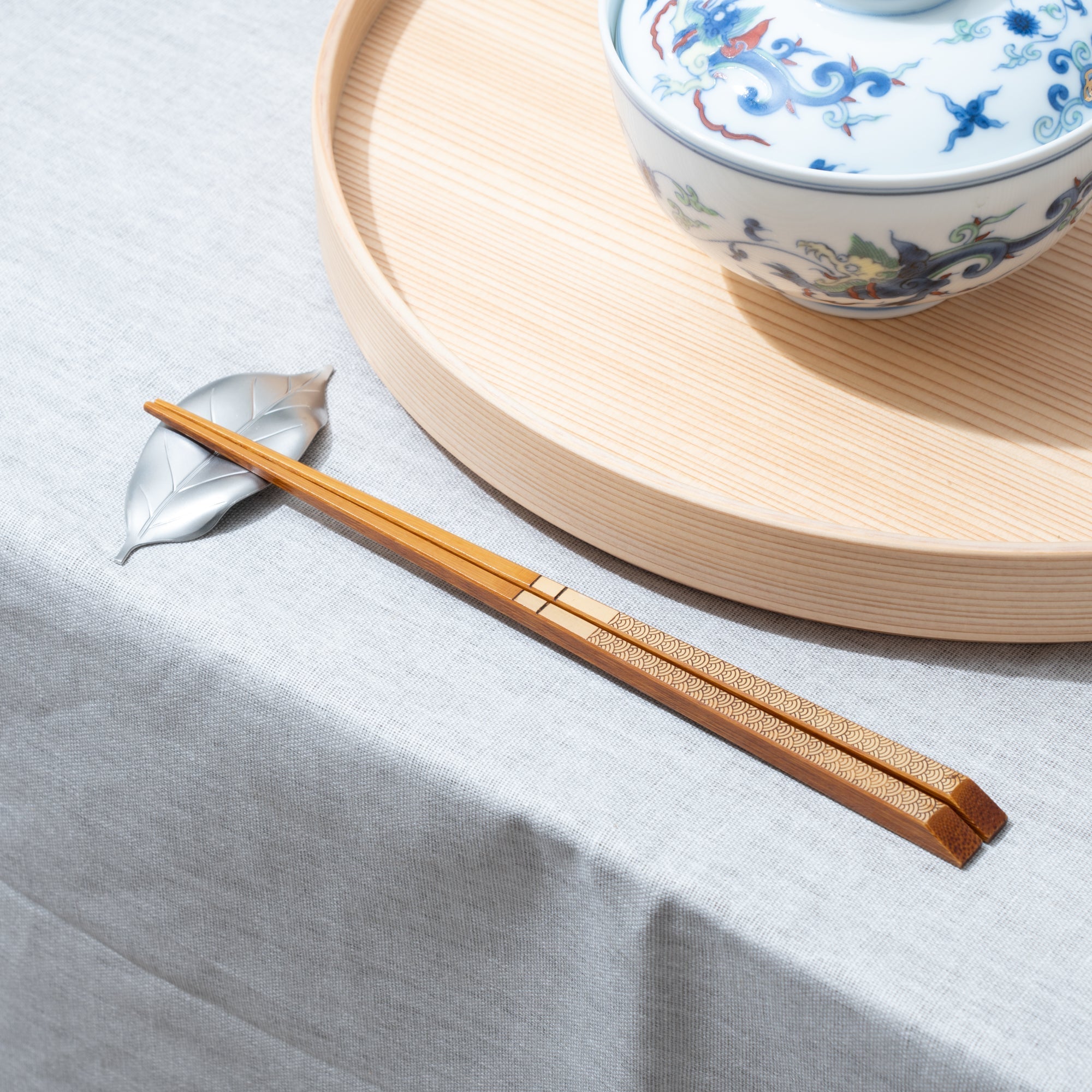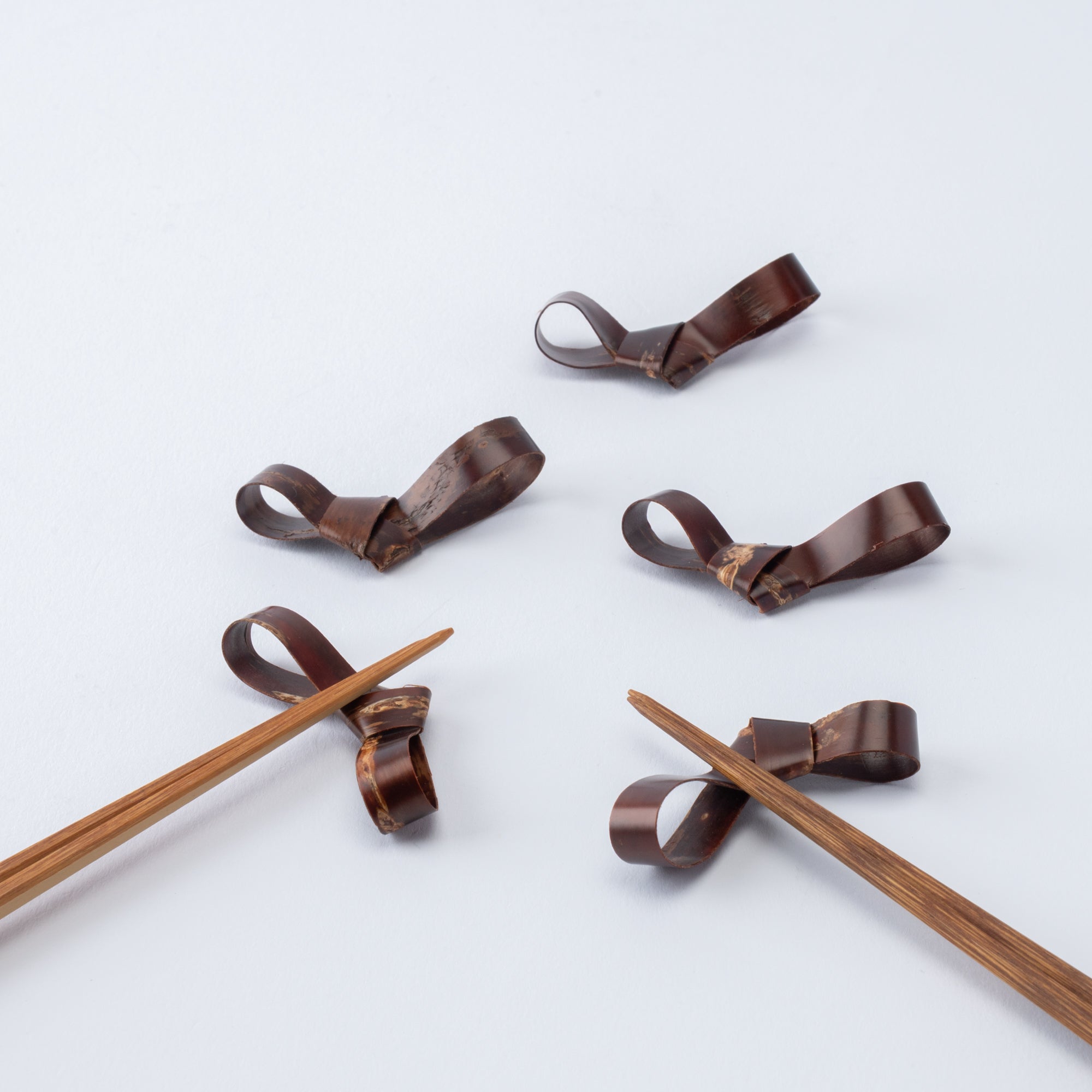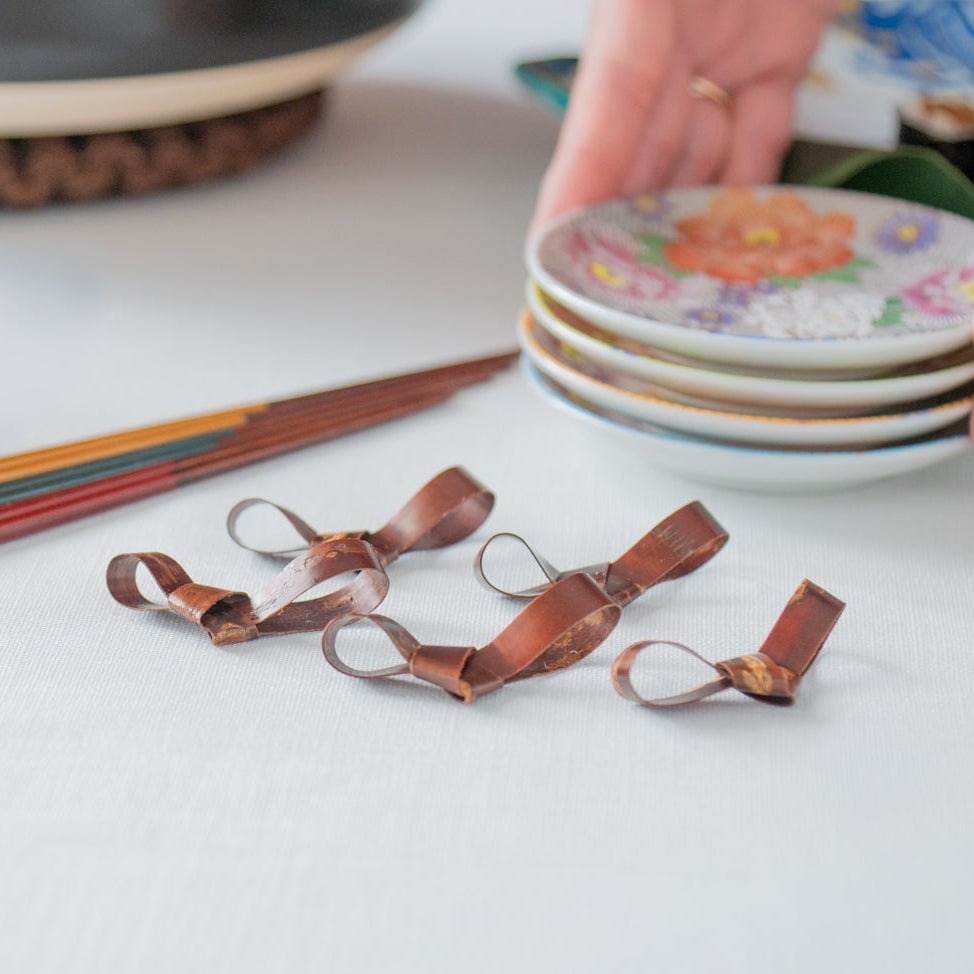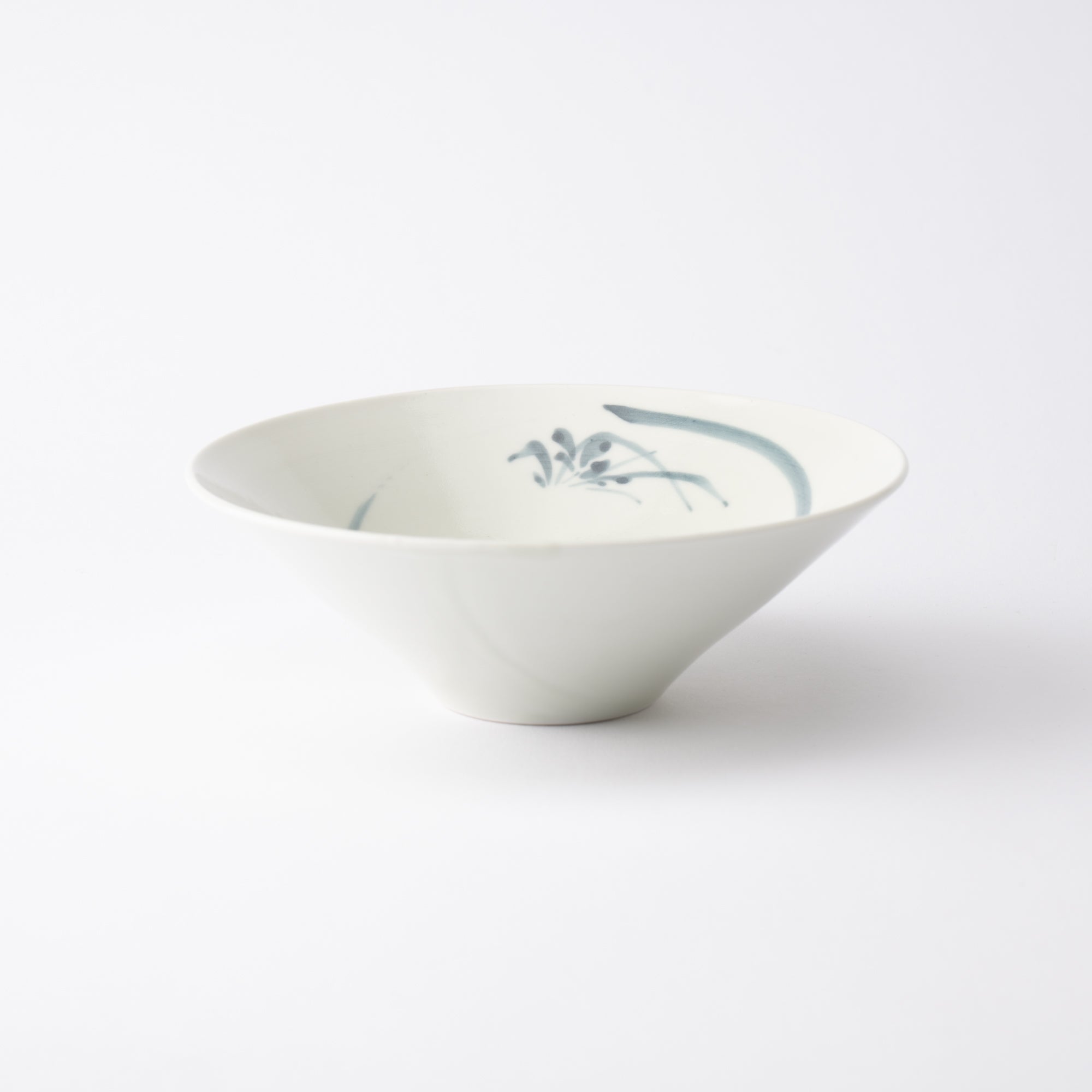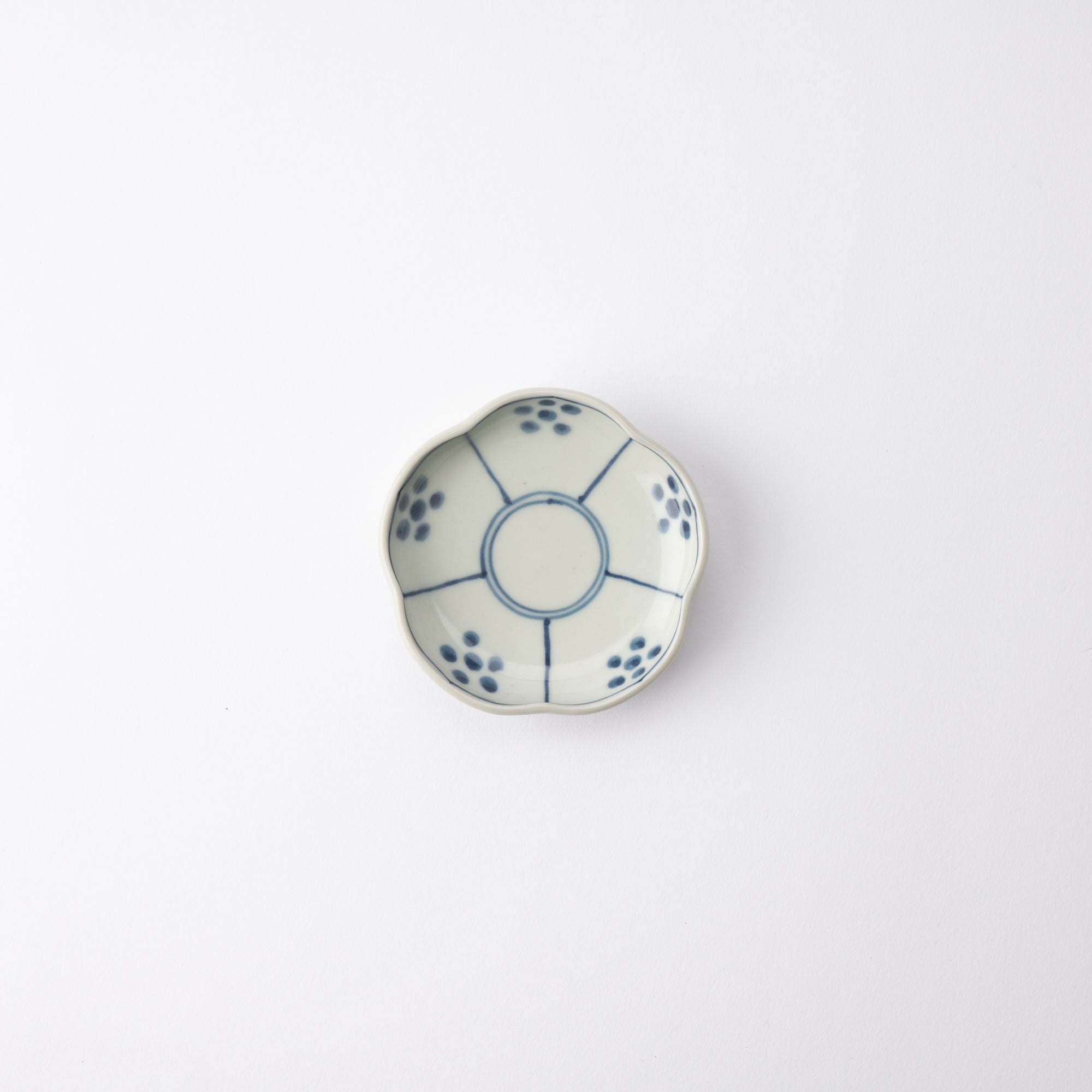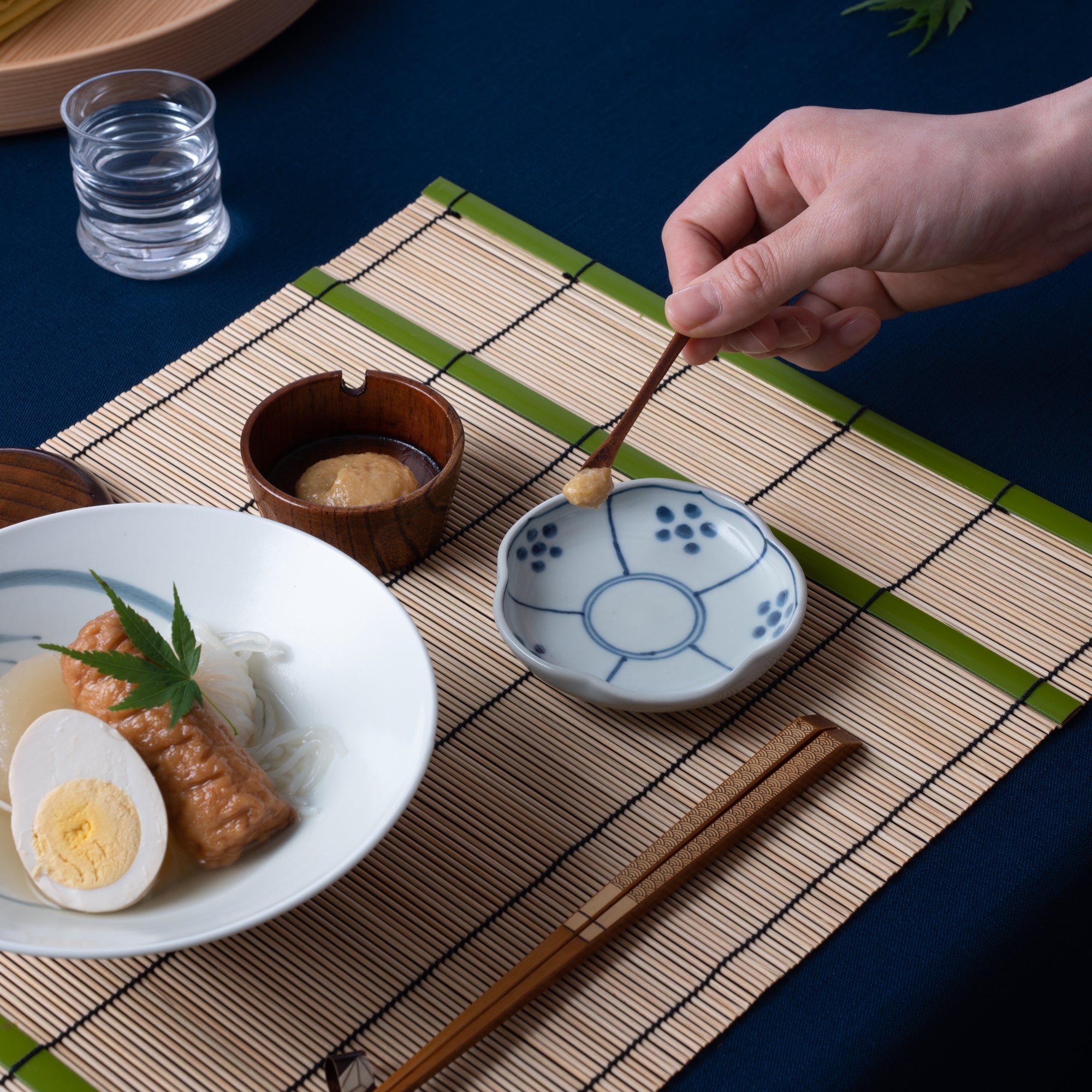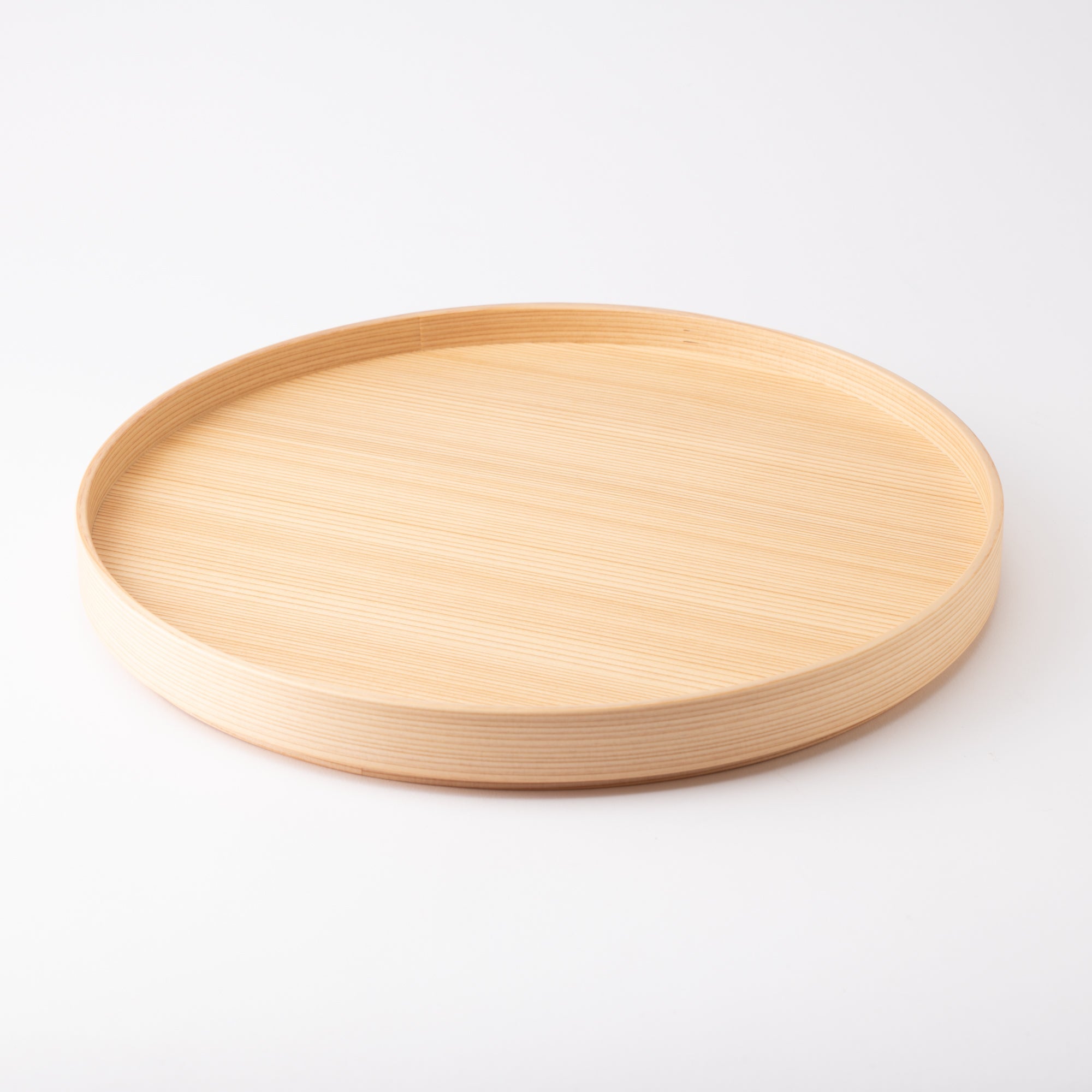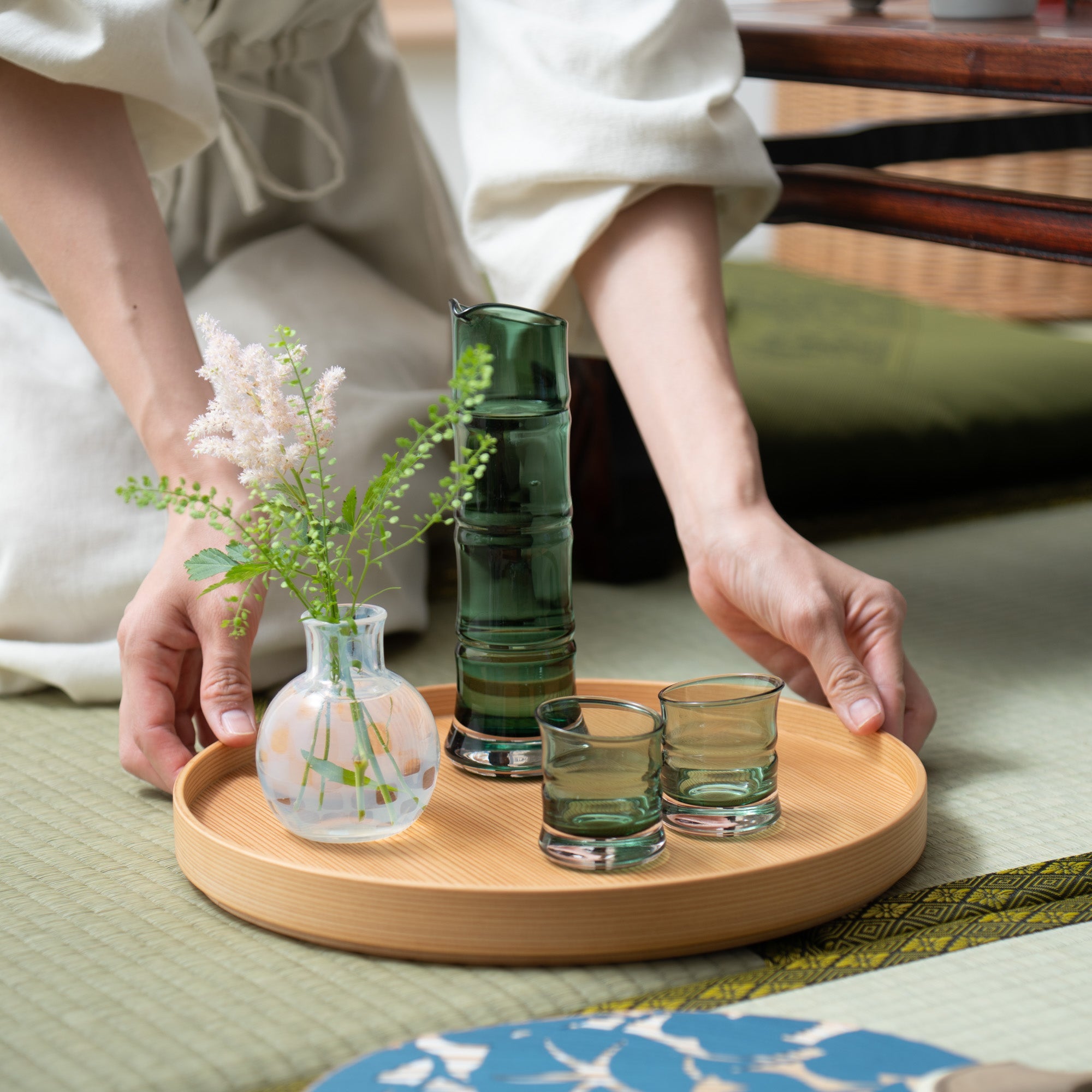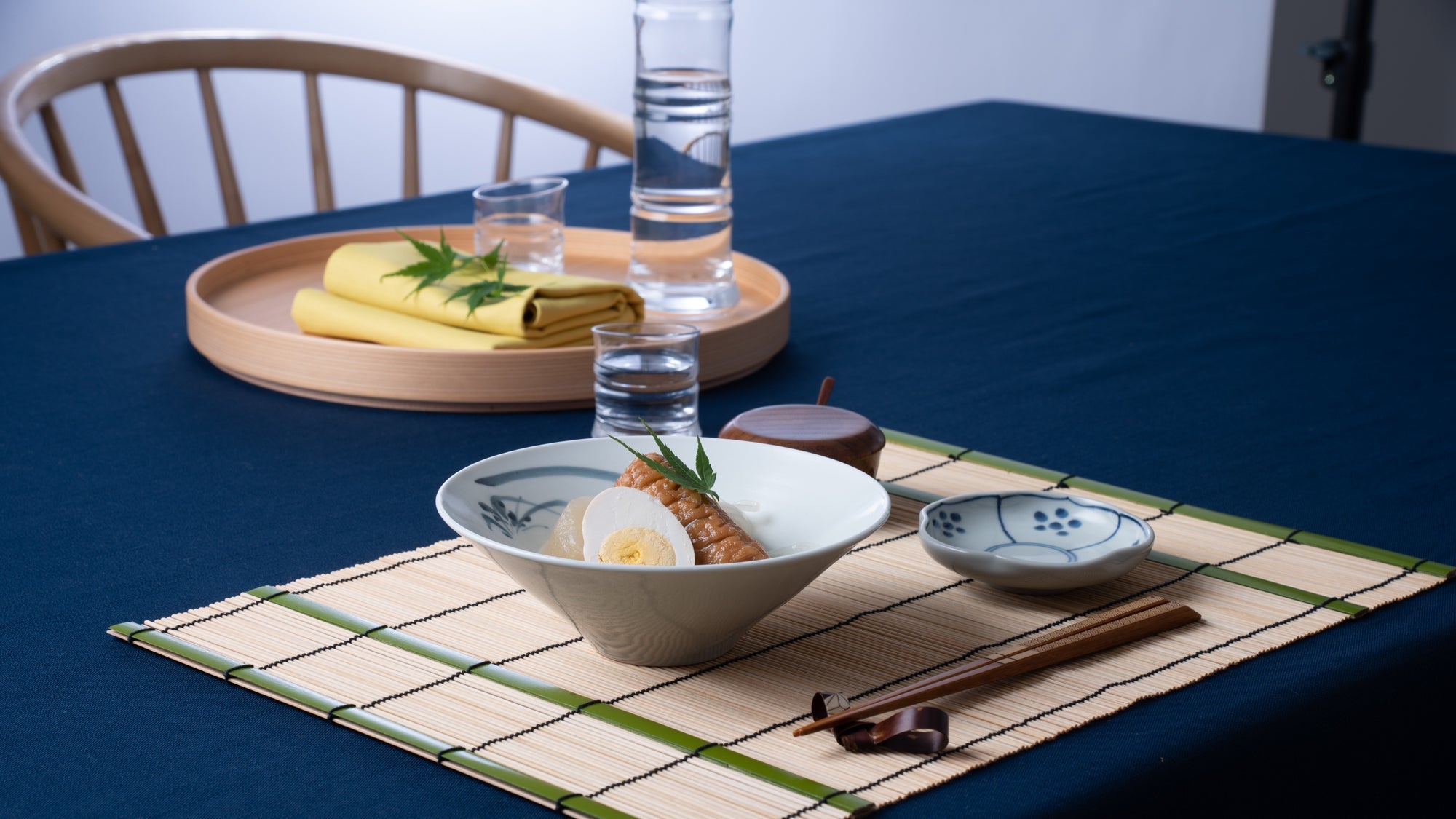
Elegant Style for Evening Drinking with "Oden" and Sake
Enjoy your evening with sake set made of Edo glass and a chic small bowl made by Ri Sanpei (Yi Sam-pyeong) Kiln.
Filters
Turtle Shell Patterned Spice Container With Spoon
Sale price$47.00 USD
Wave White Bamboo Chopsticks
Sale price$53.00 USD
Ribbon Designed Chopstick Rest Set
Sale price$47.00 USD
Blue Orchid Medium Bowl
Sale price$69.00 USD
Floral Plum-Shaped Sauce Plate
Sale price$52.00 USD
Ice Bamboo 3-Piece Edo Glass Sake Set
Sale price$226.00 USD
Wood‑grain Round Serving Tray
Sale price$113.00 USD


